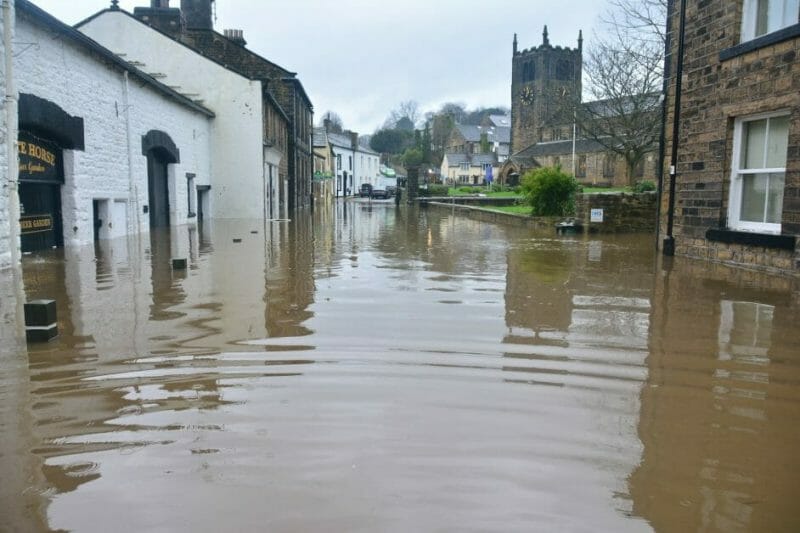Quick Navigation
Seeing murky water, soaked walls and floating pieces of furniture is disheartening for any homeowner.
Time is crucial when you’re dealing with basement flooded issues. Homeowners must quickly drain the water and remove damp items to prevent further damage. Acting on the proper post-flood process within the first 24 to 48 hours significantly reduces the amount of basement flooding repairs needed.
Here are the steps you should take when dealing with a basement flood.
Check for Damages Without Entering the Flooded Basement
Water is a conductor of electricity. Chances are your basement is likely filled with electrical outlets and appliances. Direct contact with the water may cause electrocution. You can avoid this by keeping out of the flooded basement until proper safety precautions are taken.
Surveying the damages from a distance should be on top of your to-do list.
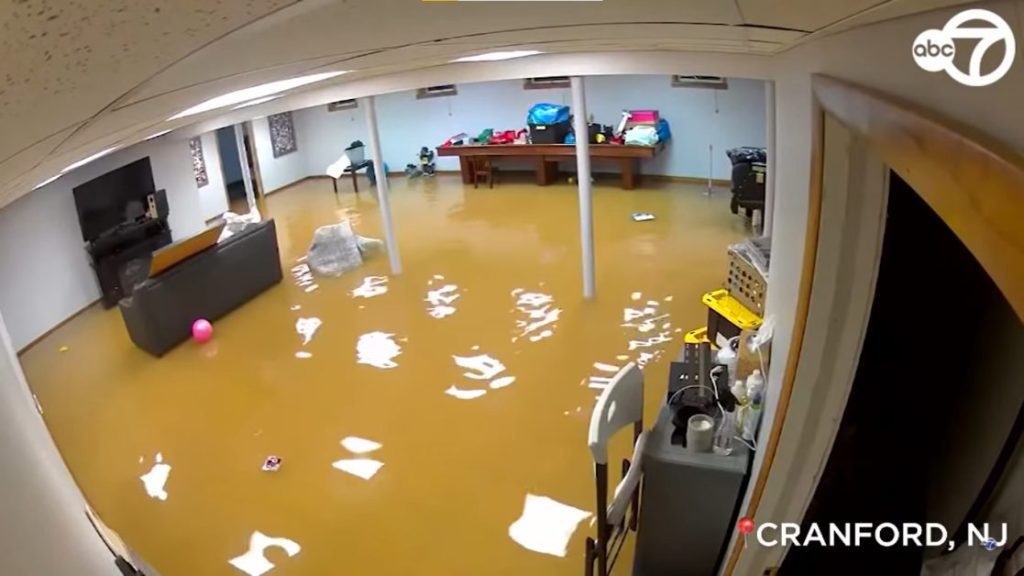
Document the damages by taking photos and videos of the flooded area. This is especially helpful if you’re planning to file a claim for flood insurance.
The documentation helps insurance companies assess the reimbursement for the damages to your property. Even if you’re not planning to make a claim, the documentation can help you determine the possible causes of the flooding later on.
Take note of the damages, especially the most hazardous ones, to make the following steps easier.
Shut Off the Power or Call An Electrician
Immediately shut off your home’s power sources like electricity and gas.
If your circuit breaker is located outside the basement, turn off the main breaker by flipping the switches to the “off” position.
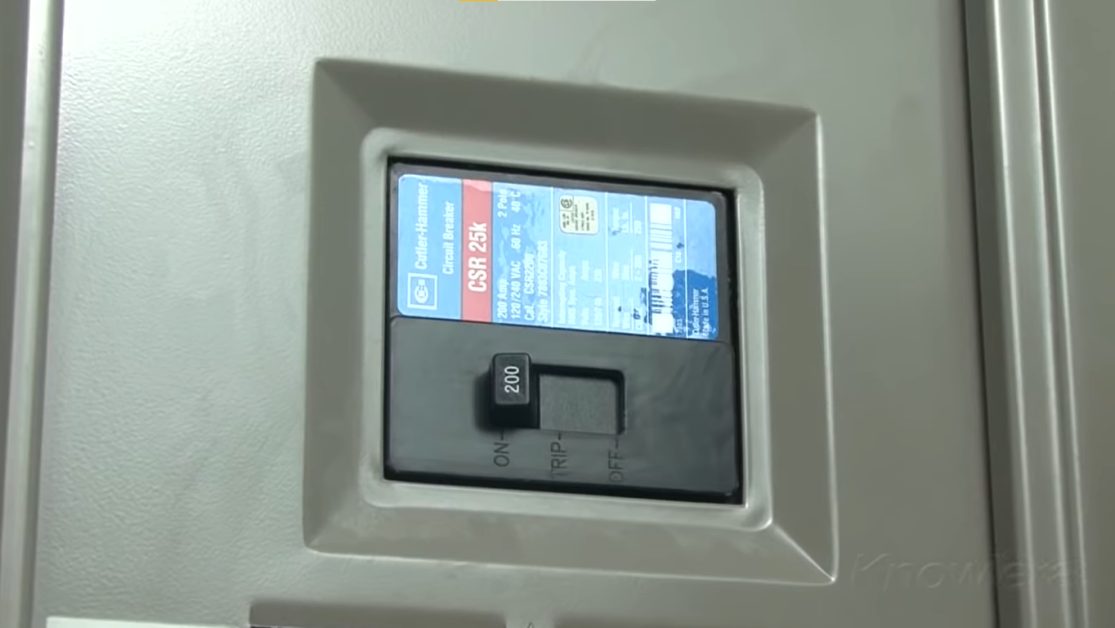
It’s better to shut off the entire electrical source of your home rather than risk further harm by only turning off the branch circuit breaker of the flooded basement. For older homes, cut off the electricity through the fuse box located by your meter.
Call a certified electrician immediately if the circuit breaker is located inside the basement.
Electricians are trained to handle electrical emergencies. They know alternative methods of turning off the electricity source if the circuit breaker is unavailable. Furthermore, they can advise you on whether or not it’s safe to enter the flooded basement after the power is shut off.
If you’re unsure how to turn off the power or feel that it is unsafe, don’t hesitate to call an electrician or other professionals.
Drain the Water
Proceed with this step only if you confirm that the basement flooded is safe to enter.
Standing water is filled with bacterial hazards that can cause disease. Regardless of the basement flooding extent, take extra precautions by wearing protective boots and gloves. If the water level is higher than your knees, hip or chest waders are particularly useful to avoid possible injuries. [1]
Look around the basement to see if the source of the flooding is still present.
If a burst pipe is the water source, shut off the water line to the basement. If heavy rains or storms cause flooding, wait until they have passed before continuing with damage control. Ensure that there is no more additional water entering the basement.
Houses usually come with safety systems to prevent and drain basement floods.
Floor drains are usually located outside of the house. These are designed to efficiently direct water from the basement towards the sewer. Clear the flood drain of any clogged debris to help drain the water faster.
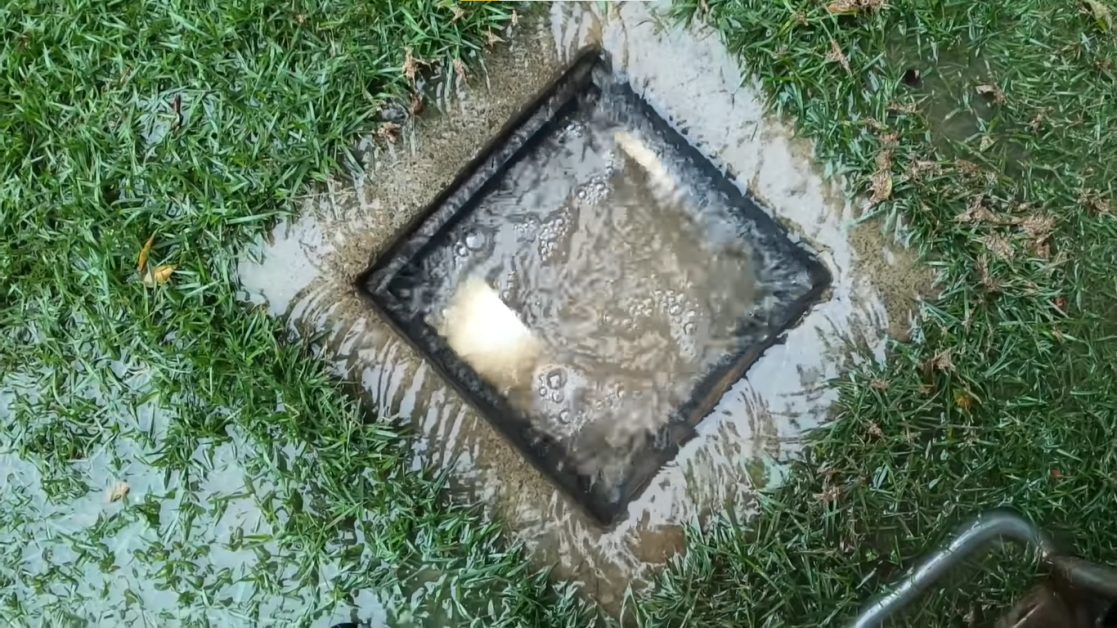
The Sump pump can typically be found in the lowest part of the basement. These remove the standing water of the basement by sending it away from the house. [2]
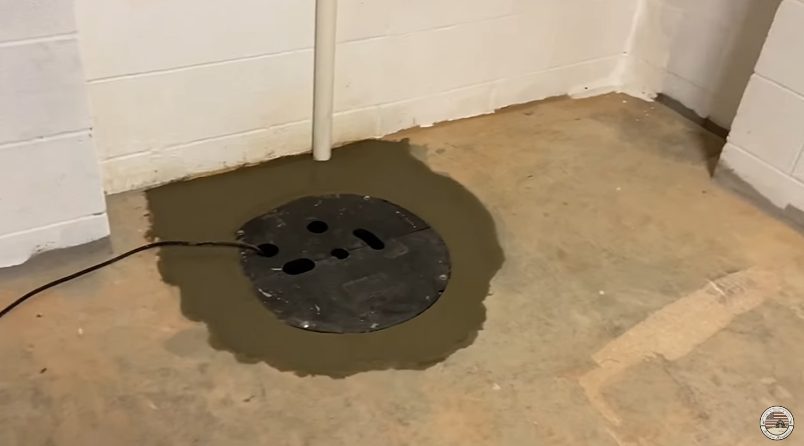
There are two things to look for when using a sump pump.
- The basement water is still present after using the sump pump.
- The draining process is taking too slowly.
These signs indicate that your sump pump is no longer functional and need replacement.
Assess the basement water levels before performing the draining process. Water levels higher than two feet may require more powerful equipment to remove entirely. It is important to remove the water quickly to prevent mold from growing.
Remove Furniture and Other Items
Remove all non-permanent furniture and items from the drained basement.
Place the removed items in a dry, well-ventilated area. If possible, it is best to place them in a sunny area. Furniture pieces like couches and workbenches are typically still salvageable once thoroughly dried. However, you should throw some items like books and cardboard boxes away. These types of items are susceptible to bacterial and mold growth.
Don’t touch electrical appliances with your bare hands.
Water-damaged electronics like televisions and speakers are still classified as electrical hazards. Even if they’re disconnected from electrical outlets, you should wear rubber-insulated gloves when moving electronics away from the basement. Let them fully dry in a dry, well-ventilated before assessing them for damages.
Carpets should also be ripped out and removed.
Carpets soak up water and can trap moisture between the floor and the carpet. This prevents the water from drying out, causing mold and other bacteria to form. Quickly remove the carpet and the padding underneath it to prevent this.
Take note of the flood-damaged items if you’re planning to file an insurance claim for them.
Clean and Dry Off the Basement
The floors and walls need to be washed down to remove the dirt left behind by the water.
While it sounds contradictory, this is a necessary process. Keep the basement fully ventilated using dehumidifiers and fans to move the air around. This reduces the chance of mold and mildew growth while cleaning.
Hose down the walls to bring the dirt down to the floor.
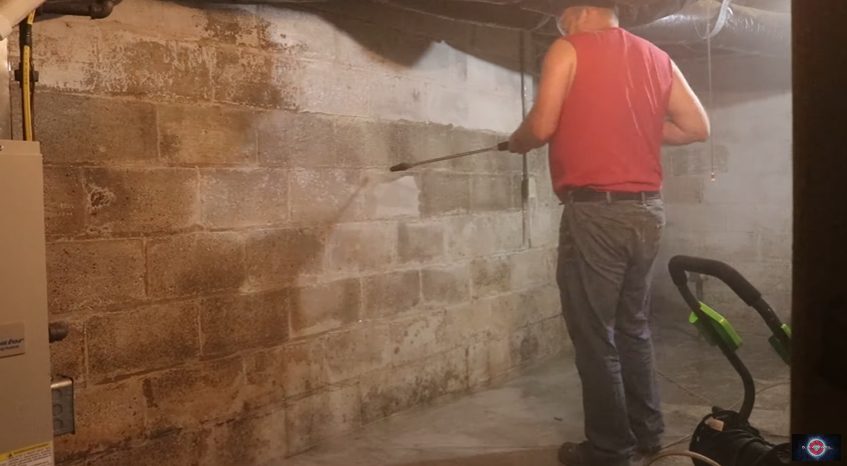
You should scrub floors and other hard surfaces with a cleaning solution. You can buy cleaning solutions from the grocery or make your own by combining one cup of chlorine bleach and one gallon of water. Remember to wear rubber gloves and protective eyewear when handling strong cleaning solutions.
Soak up the remaining water using cloths, sponges, and a mop.
Give the basement several days to dry thoroughly. You can quicken this process by opening the windows and doors to increase circulation. Leaving a dehumidifier in the basement during the drying period is also recommended.
Homeowners can proceed with basement flooding repair once the floor and walls are dry.
Take a look at some of our related articles below.
- How much is flood insurance in Florida
- How to open door lock from outside
- How to protect your business
References
[1] Flood Waters or Standing Waters – CDC – www.cdc.gov/healthywater/emergency/extreme-weather/floods-standingwater.html
[2] What is a Sump Pump and How Does it Work? – Fresh Water Systems – www.freshwatersystems.com/blogs/blog/what-is-a-sump-pump-and-how-does-it-work
Video References
Eyewitness News ABC7NY
Freedom Homestead

